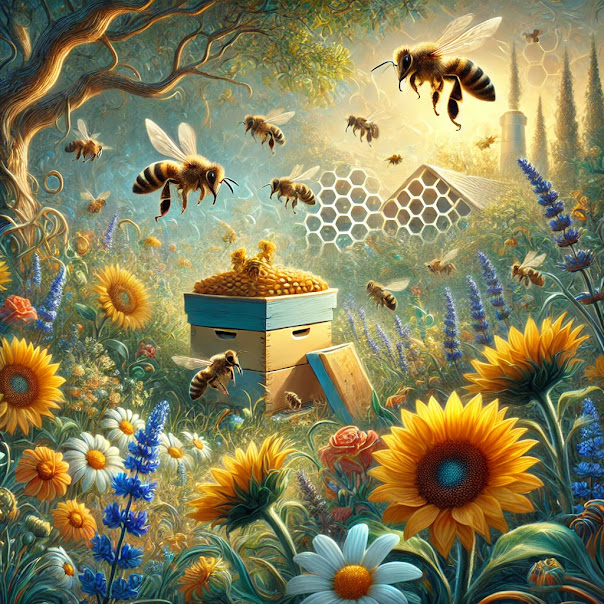Nurturing Traditions: Indigenous Women and Cassava in Agusan del Sur

- By Sentel AGUSAN DEL SUR, Philippines – As dawn breaks over the vibrant forests of Agusan del Sur, Talaandig leader Zenaida Mansiliohan, along with other indigenous women, embark on a sacred journey. Their steps are gentle yet purposeful, as they move through the lush greenery to perform an age-old ritual, honoring the spirits that safeguard their crops. This ancient ceremony not only deepens their spiritual bonds but also emphasizes the essential connection between nature and their everyday lives. Cooking with Cassava: A Tradition of Nourishment and Unity In the heart of the community, Zenaida meticulously prepares a meal that has sustained generations. Using a small, well-worn knife, she carefully peels away the tough, bark-like skin of the cassava, revealing the starchy root inside. Did you know that cassava, also called yuca, feeds over 800 million people around the globe? Its ability to thrive in drought-prone regions makes it an indispensable crop, particularly in areas like A...


